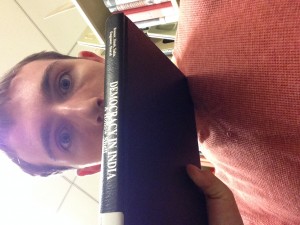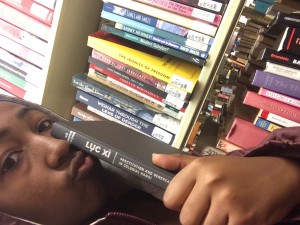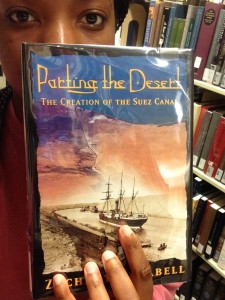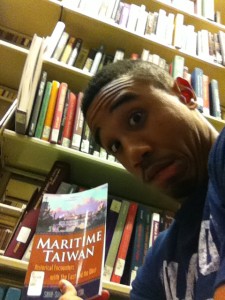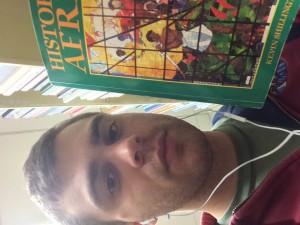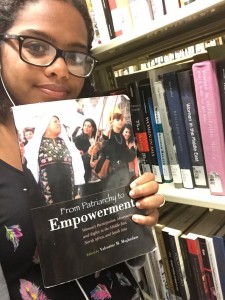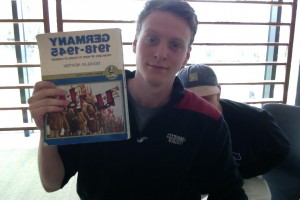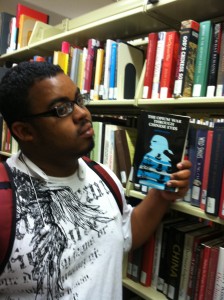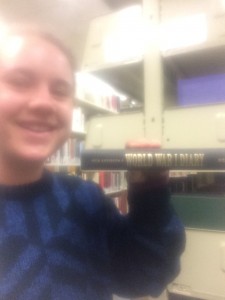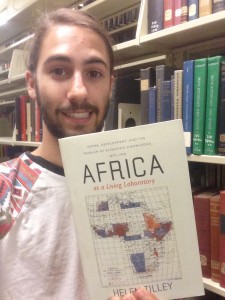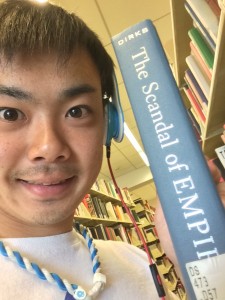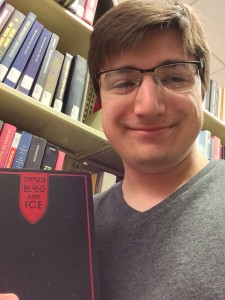The book I choose for this second Shelfie exercise is entitled, Empires at War: 1911-1923, and it examines the conflict of WWI through the lens of empire as opposed the lens of nation-states. The book expands the generally accepted timeline of WWI (1914-1918) to focus on 1911-1923 and the catalysts and repercussions of this global war. The book begins with an introduction that explains the scope work, and then is broken into chapters written by different contributors which discuss the Ottoman, Italian, Russian, German, Austria-Hungarian, French, Japanese, Chinese, United States, and other empires. The chapter on the Russian Empire is written by Lafayette College’s very own Joshua Sanborn. In addition to the text, the book includes a nice array of maps that helps conceptualize the global extent of WWI.
I found this book by using the keyword phrase, “colonial powers in WWI” in a library catalogue search. The book is located in the Upper Level of Skillman library in a section that seemed to be entirely devoted to books on WWI. I was drawn to this book because of its subject matter, and its relation to the topics we have discussed in class. I like the structure of the work and believe it could be a useful supplement to class in the future.
Gerwarth, Robert, and Erez Manela, eds. Empires at War: 1911-1923. New York: Oxford UP, 2014. Print.

